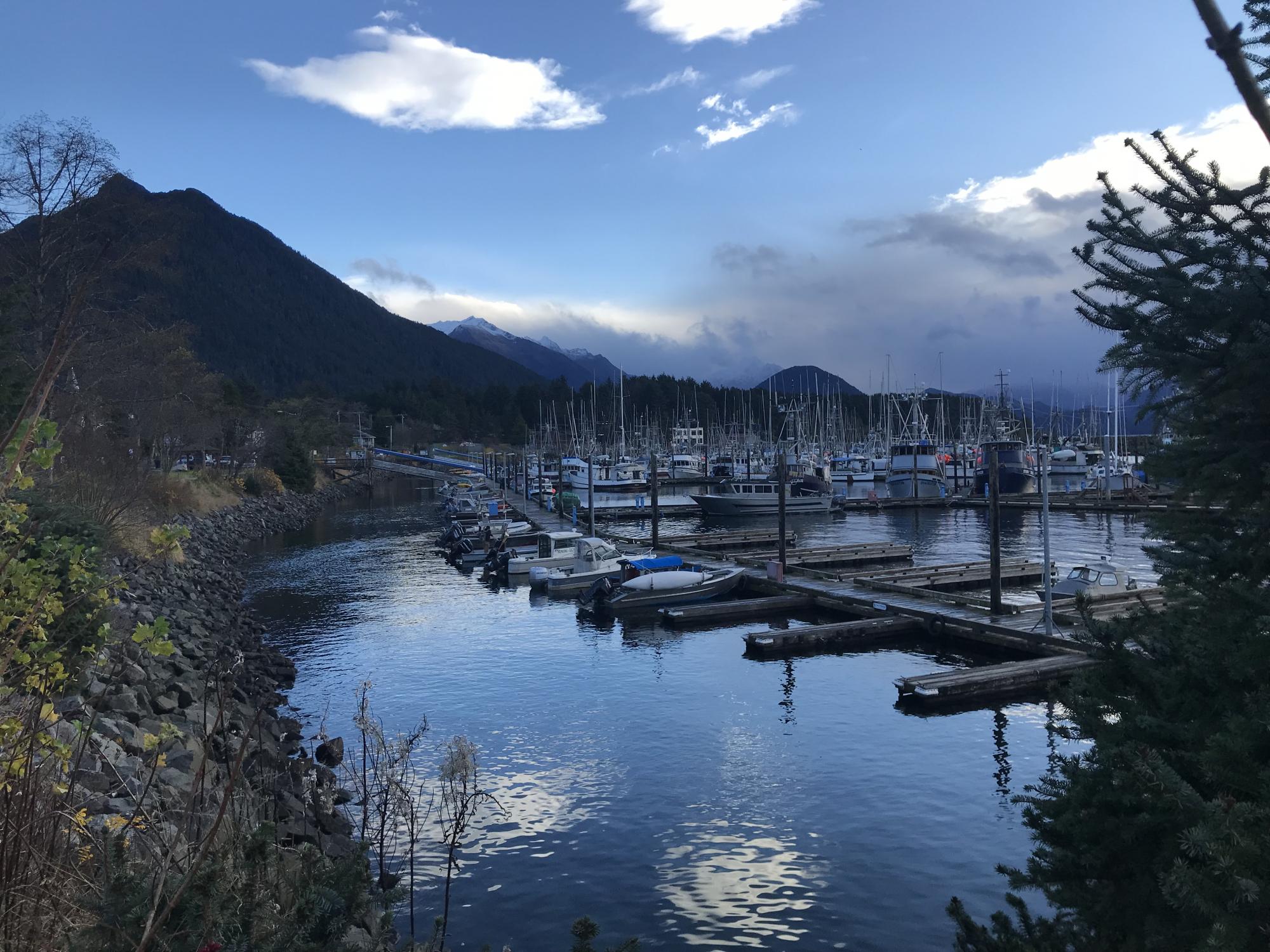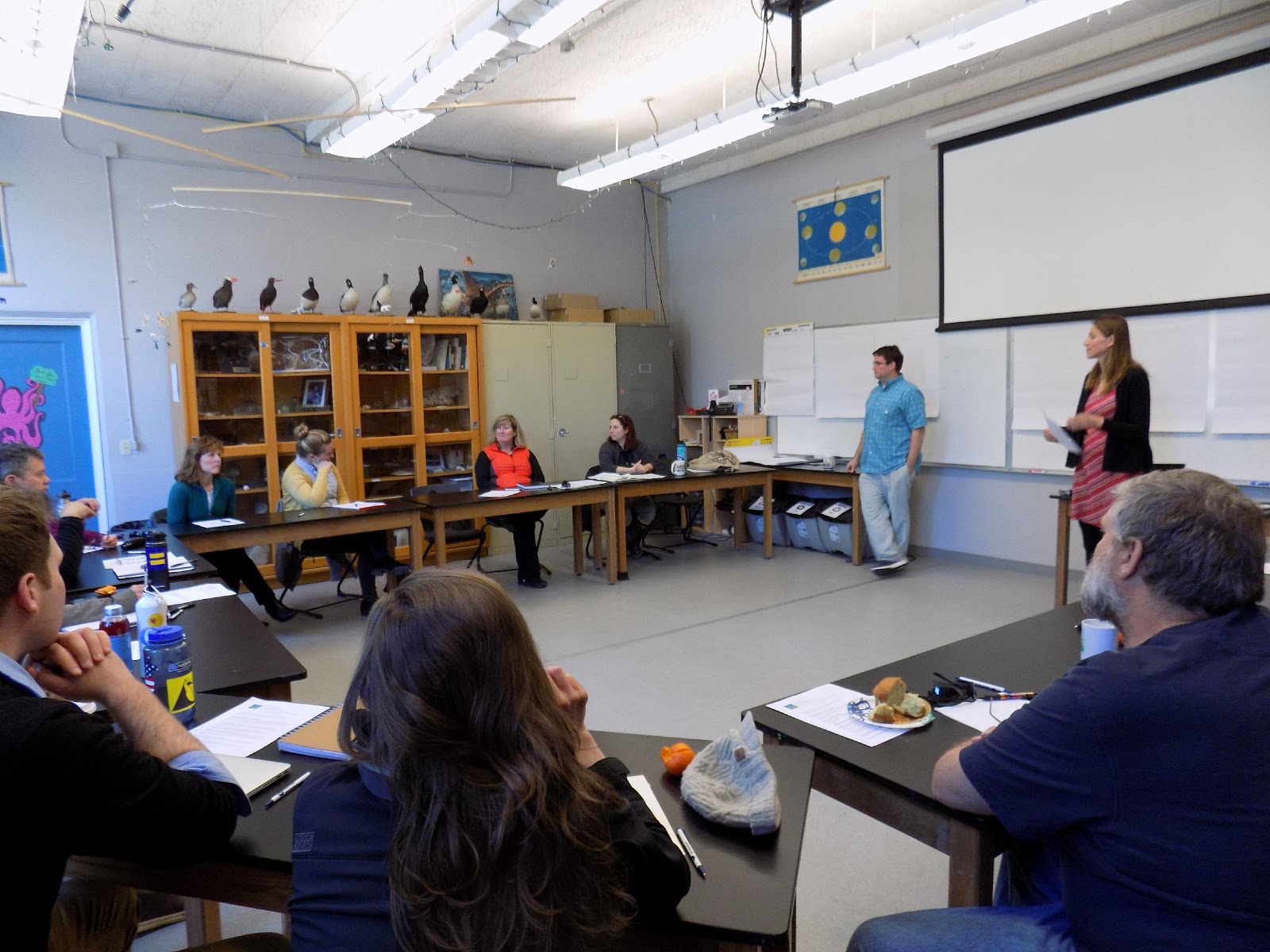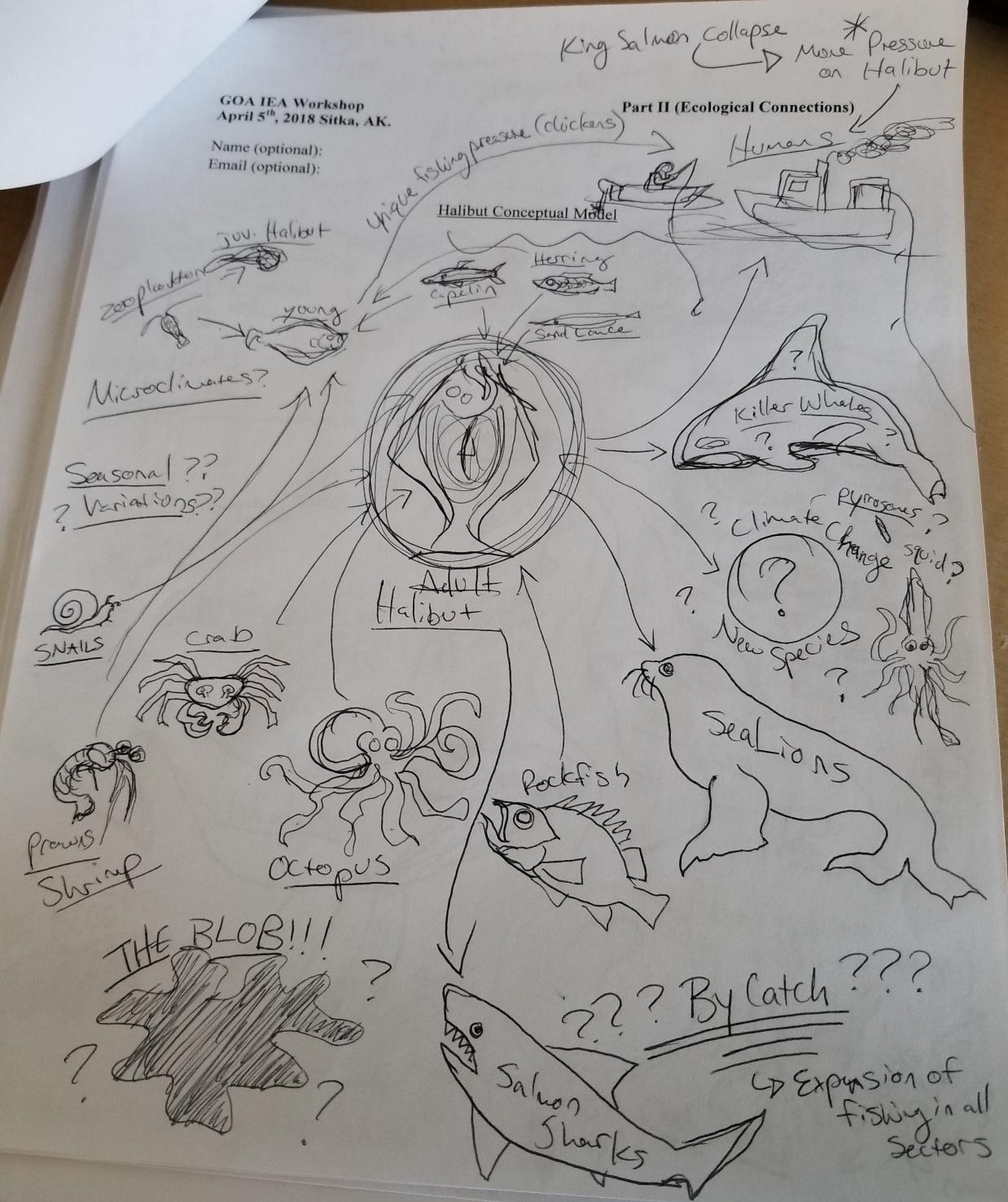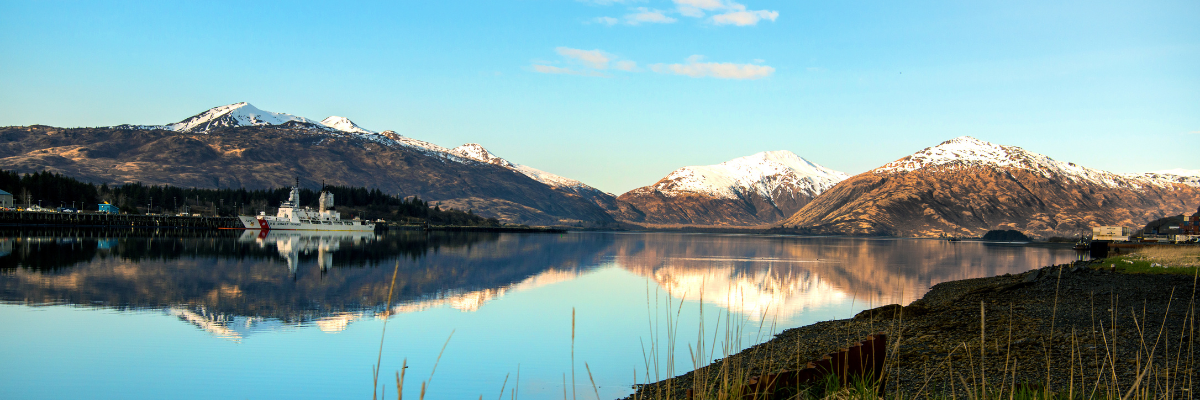The goal of the Sitka Community Integrated Ecosystem Assessment (IEA) efforts is to understand the social and ecological ecosystem in the Sitka Sound to ensure effective Ecosystem-Based Management of the marine resources through partnership with coastal communities, commercial and recreational fishermen, and natural resource managers.

The integration of intrinsically linked social, environmental and biological components of the Sitka Sound marine ecosystem is essential to ensure effective management of the marine ecosystem and well-being of the local community. Conceptual models are useful tools to identify these relevant components and linkages in marine ecosystems. They are also valuable to improve communication between stakeholders. NOAA scientists are working with the community of Sitka, Alaska to develop socio-ecological conceptual models of local fisheries (e.g., halibut, herring, salmon, sablefish) as the first step in carrying out an Integrated Ecosystem Assessment.
An Integrated Ecosystem Assessment (IEA) includes social, environmental, and ecological components of an ecosystem into the decision making process and management of a marine ecosystem. A placed-based Integrated Ecosystem Assessment of the community of Sitka is still in the initial stages of the process. Developing relationships with stakeholders, managers, and other community members is foundational to the IEA process. Understanding the ecosystem is also foundational to conducting an IEA.
In order to understand the Sitka Sound ecosystem, NOAA scientists synthesized available scientific publications on important parts of the ecosystem to herring and halibut because of those species importance to the community. They identified key components within and linkages among environmental (PDO, Aleutian low, ENSO, winds, freshwater input, the Blob) and biological (predators, prey, competitors) components. All of these components and linkages were put together to build an initial conceptual model of the ecosystem around herring and halibut.
These conceptual models were modified with direct input from Sitka Community members input taken from a workshop held in April 2018 at the Sitka Sound Science Center. With the assistance of collaborative partners in the community, researchers identified and targeted key participants for these workshops who have in-depth knowledge of the community’s interaction with their local fisheries.

This workshop was divided into two sections. The first section focused on the linkages between local fisheries and Sitka residents’ sense of well-being. The second section focused on the development of conceptual models for the ecology of Sitka based on personal experiences, knowledge, and observations of Sitka stakeholders. Several data and information gathering techniques were utilized throughout the workshops including handouts for participants to respond to specific topics and write general notes, major themes summarized on flip charts for immediate participant feedback, notetaking by two researchers at each workshop, and voice recording for transcription.
The intent of the first part of the workshop was to develop a framework to explore linkages between focal fisheries and well-being in Sitka (as defined by people in the community). Four focal topic areas were discussed to build this framework including:
- The importance of these fisheries to residents
- Factors affecting their participation in these fisheries
- Responses to changing fishery and environmental conditions
- Impacts of changing conditions on their capacity to derive well-being
These discussion topics were intended to build the well-being blocks and drivers of fisheries use, as well as the direction of the linkages between them to generate the human dimensions components of the Sitka place-based IEA.
The second part of the workshop focused on the development of conceptual models for the ecology of Southeast Alaska. Participants were asked to draw everything they thought affected the focal species examined. Key biological and environmental components and linkages among these components were identified. Participants were asked to draw everything they thought affected or were impacted by the focal species examined.

To process the information provided in the second section of workshop, NOAA scientists reviewed all the Sitka stakeholders-produced models and determined topic groups and factors that were not already identified in previously assembled models based on scientific literature. Therefore, those factors were a direct contribution from the Sitka community to the scientific-based models.
The workshops were also followed by an immediate debriefing process wherein the researchers discussed the major themes that emerged during the workshop and the context of the discussion. These early scoping meetings in Sitka have revealed an interest in halibut, herring, sablefish, and salmon production, tools to communicate management decisions, and a variety of ecological processes. The co-produced conceptual models have resulted in useful communication tools for Sitka stakeholders and scientists to provide a holistic understanding of the ecosystem structure. Importantly, these conceptual models have the potential to
- identify knowledge gaps in the biology, food web interactions, and important economic and social outcomes of focal species
- inform ecosystem research needs and provide the basis for developing and testing causal hypotheses
